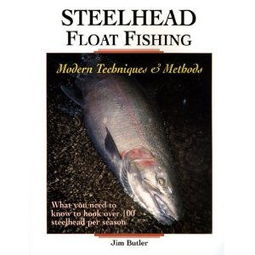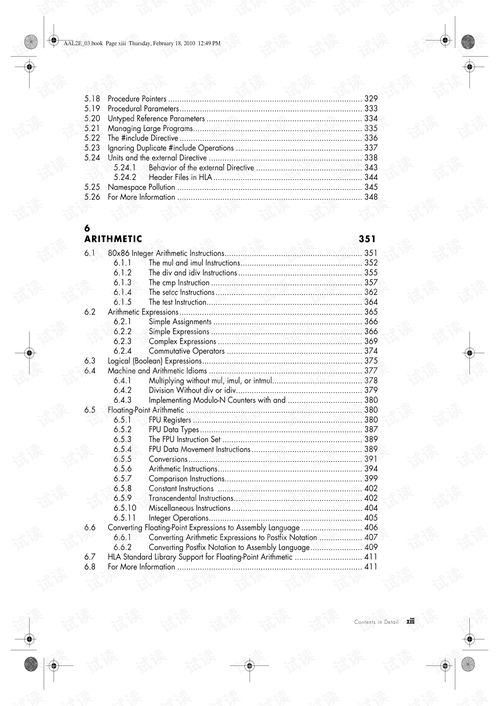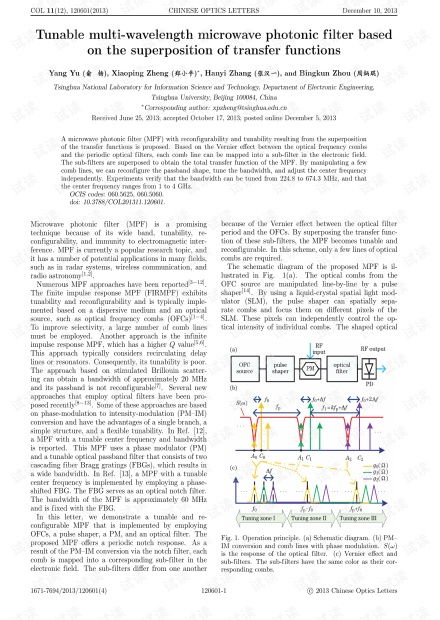Content:
Fishing is an enjoyable outdoor activity that requires patience, skill, and knowledge. However, the weather can be a challenging factor, especially during cold seasons. Cold weather can affect fish activity, making it more difficult to catch them. In this article, we will discuss how to open bait and fishing techniques that can help you successfully fish in cold weather.
Choose the Right Bait
The first step in cold weather fishing is to select the appropriate bait. Cold weather fish are less active, so they require more energy to feed. To attract them, use natural baits that are rich in protein and nutrients. Some popular choices include:
- Live bait: Minnows, crayfish, and worms are excellent choices for cold weather fishing. They provide a natural food source that fish are more likely to bite on.
- Artificial lures: Soft plastics, spinners, and jigs can be effective in cold weather. Choose baits that mimic the natural prey of the fish you are targeting, such as minnows or crayfish.
- Dead bait: Cut bait, such as fish fillets or chicken liver, can be effective in cold weather. These baits provide a scent that can attract fish.
Properly Open Your Bait
Opening your bait correctly is crucial in cold weather fishing. Cold weather can make baits harder and more challenging to work with. Here are some tips to help you open your bait:
- Warm up your hands: Cold hands can make it difficult to open baits. Before you start, warm up your hands by rubbing them together or using hand warmers.
- Soften the bait: If you are using live bait, like worms or minnows, keep them in a container with warm water until you are ready to use them. For artificial lures, use a bait knife or scissors to cut through the material.
- Use the right tools: Keep a pair of pliers or a bait knife handy to help you open your baits.
Adjust Your Technique

Cold weather fishing requires adjustments to your fishing technique to increase your chances of success. Here are some tips:
- Fish during the warmest part of the day: Fish are more active during the warmest part of the day, which is usually in the early morning or late afternoon. Plan your fishing trips accordingly.
- Slow down your retrieve: In cold weather, fish are less likely to chase down a moving bait. Slow down your retrieve to allow the bait to sink and settle on the bottom, where fish are more likely to be found.
- Use heavier tackle: Cold weather can make fish less likely to bite. Using heavier tackle can help you detect subtle bites and increase your chances of success.
- Fish in deeper water: Cold weather fish tend to move to deeper water to stay warm. Look for fish in deeper holes, ledges, or drop-offs.
Pay Attention to the Weather
Weather conditions can significantly impact your fishing success in cold weather. Keep an eye on the following:
- Water temperature: Fish are more active in water temperatures between 40°F and 60°F (4°C to 15°C). Aim to fish in areas with warmer water temperatures.
- Barometric pressure: Low barometric pressure can make fish less active. Try to fish on days with stable or rising pressure.
- Wind: Wind can affect your ability to cast and retrieve. Fish in calm conditions or use a boat to help you control your bait.
In conclusion, fishing in cold weather can be challenging, but with the right bait, technique, and knowledge, you can still have a successful outing. By choosing the right bait, opening it properly, adjusting your technique, and paying attention to the weather, you can increase your chances of catching fish even in the coldest of conditions. Happy fishing!












